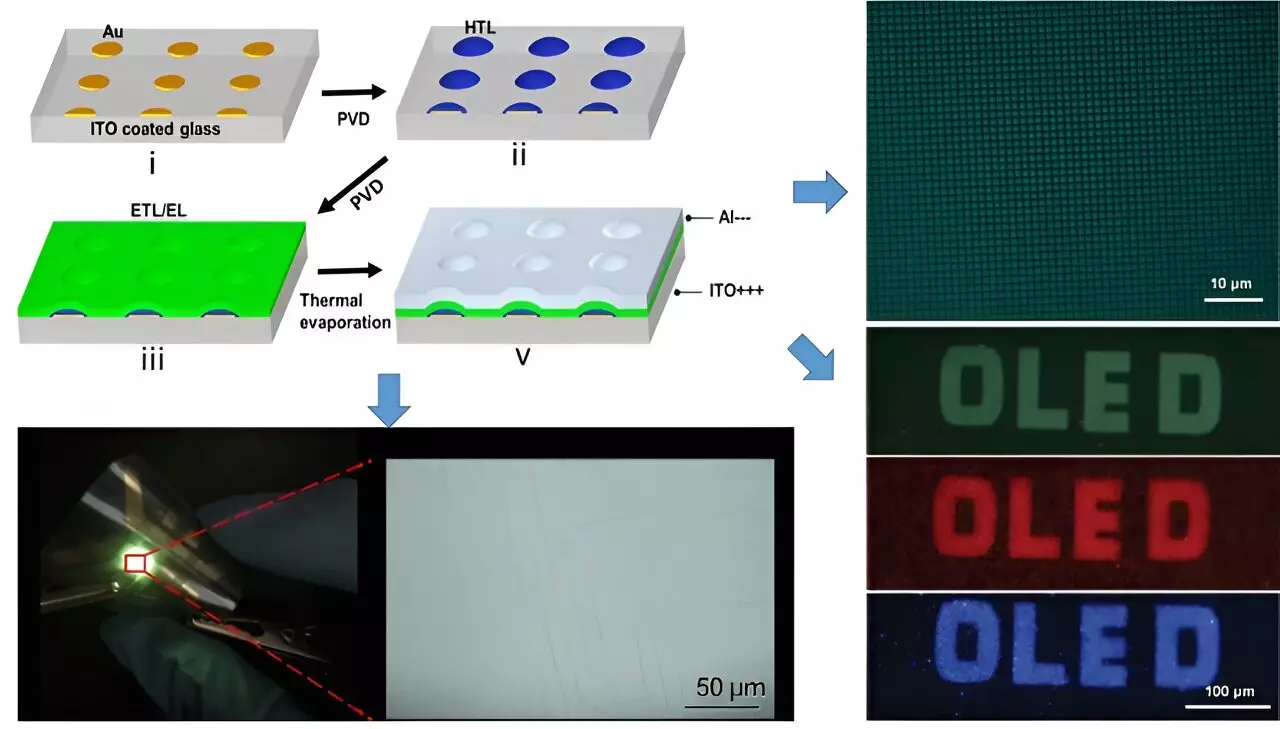Organic semiconductors have come a long way since thin-film devices were first introduced in the 1980s. From OLED displays to programmable lighting and biosensors, these materials have found a wide range of applications in the field of electronics. The recent focus on wearable electronics has led to the development of ever-higher device resolutions, particularly in near-eye displays such as virtual and augmented reality devices.
Challenges in Fabrication
One of the main challenges in utilizing organic semiconductors for high-resolution devices is the limitation of current patterning techniques. While inorganic semiconductors like silicon can achieve device dimensions as small as 1 nm using photolithographic technology, organic materials are more susceptible to damage from UV light and solvents. This has restricted the resolutions of organic semiconductor devices to only tens of micrometers, limiting the number of devices that can be integrated on a single square millimeter.
To address these limitations, researchers from Germany and China have developed a novel approach to patterning organic materials for ultra-high-resolution devices. By adopting a “first surface patterning and then patterned growth” strategy, the scientists were able to achieve resolutions of over 20K ppi in OLED displays. This method involves patterning the substrate surface using lithography before introducing organic semiconductor molecules. The molecules are then deposited and allowed to diffuse on the surface, selectively growing at designated areas to form patterns and fabricate devices.
This innovative approach to organic semiconductor patterning offers significant advantages in terms of surface engineering and device resolution. By avoiding the damage caused by traditional lithographic procedures, the researchers were able to achieve unprecedented resolutions in organic semiconductor devices. This opens up new possibilities for the development of next-generation wearable electronics, which will require the monolithic integration of multifunctional systems on a chip.
As wearable electronics continue to evolve, the demand for high-resolution displays and advanced functionalities will only increase. The advancements in organic semiconductor technology discussed in the study highlight the potential for the development of truly immersive and integrated wearable devices. With further research and innovation in this field, we can expect to see a new generation of wearable electronics that offer seamless integration of information collection, transmission, processing, storage, and display.


Leave a Reply